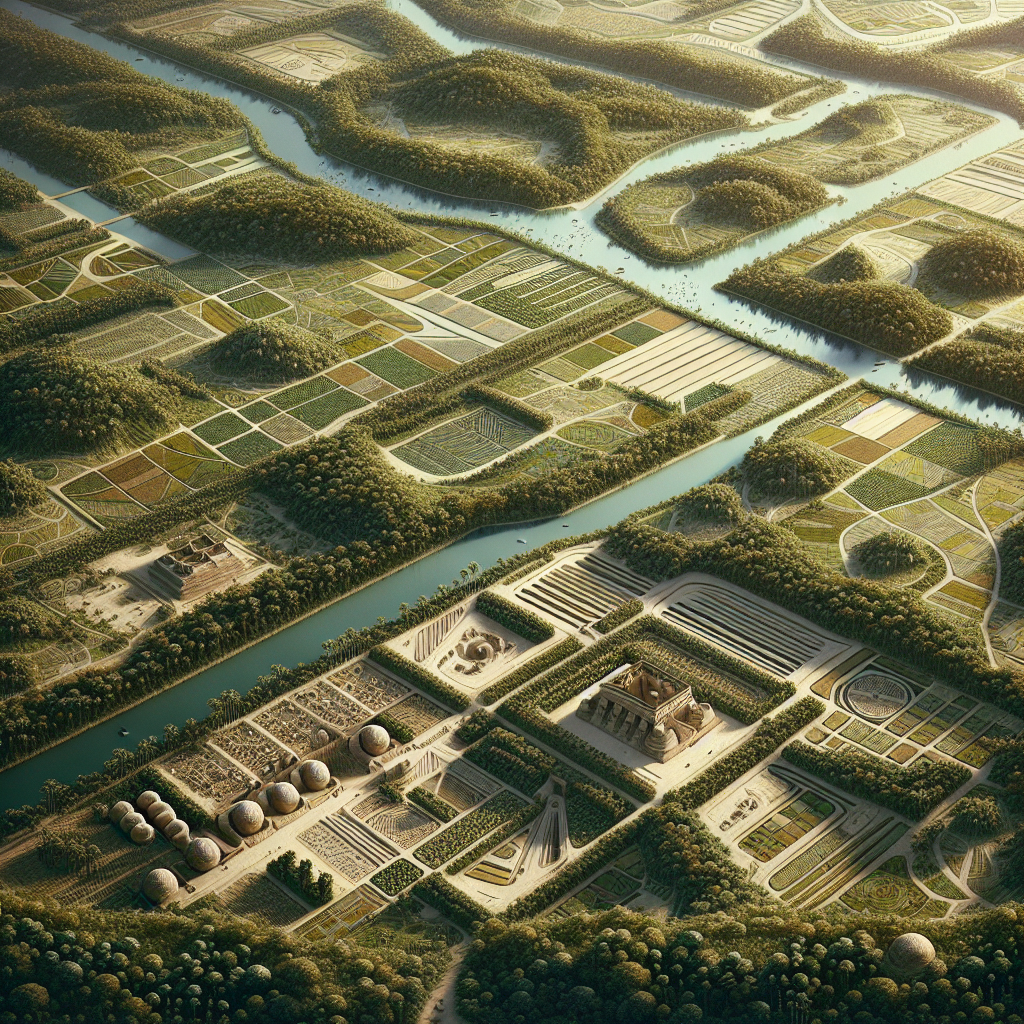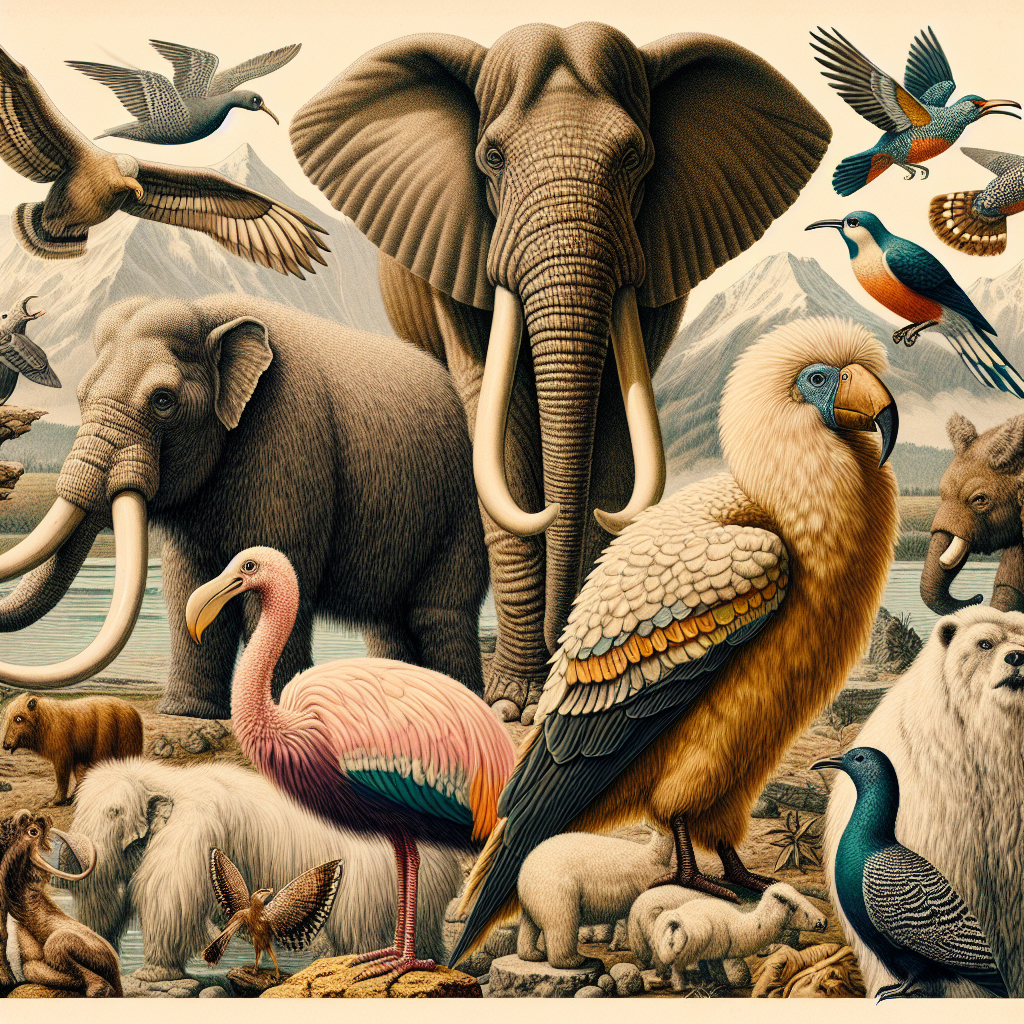Could ancient civilizations predict climate change? This intriguing question opens a window into how our ancestors interacted with their environment. For millennia, civilizations have recorded changes in weather patterns, agricultural yields, and natural disasters. These observations may hold clues to understanding climate change today.
Understanding Ancient Observations
Many ancient societies, from the Egyptians to the Maya, developed sophisticated methods to track and interpret their surroundings. They often relied on celestial events, seasons, and natural phenomena to guide their agricultural practices. For instance, the Egyptians noted the annual flooding of the Nile, which was crucial for their farming success. Such meticulous records indicate that ancient civilizations predict climate change by observing consistent patterns in nature.
Furthermore, the Maya civilization built complex calendars that aligned agricultural cycles with celestial events. Their ability to predict seasonal changes demonstrates a profound understanding of their environment, suggesting that they recognized the signs of climate variability.


Lessons from the Past
The knowledge gained by ancient civilizations can offer valuable lessons in the face of modern climate challenges. By studying their methods, we can learn about resilience and adaptation. For example, the Ancestral Puebloans adapted to shifting climate conditions by developing advanced irrigation systems. This adaptability is crucial as we face current climate change issues.
Moreover, the collapse of several ancient societies, such as the Mesopotamians and the Maya, illustrates the consequences of failing to adapt to environmental changes. These historical lessons emphasize the importance of sustainable practices and the need to heed environmental signals, which ancient civilizations predict climate change through their observations.
Modern Implications
Today, scientists are increasingly turning to historical data to inform climate models. By analyzing tree rings, ice cores, and sediment layers, researchers can reconstruct past climate conditions. This information helps us understand the long-term trends and variability in climate, much like how ancient civilizations predicted climate change based on their observations.
In conclusion, while ancient civilizations may not have understood climate change in the way we do today, their observations and adaptations provide invaluable insights. They remind us of the critical importance of observing our environment, learning from history, and implementing sustainable practices to mitigate the impacts of climate change in our time.
Some content and/or images on this page were created using AI.





